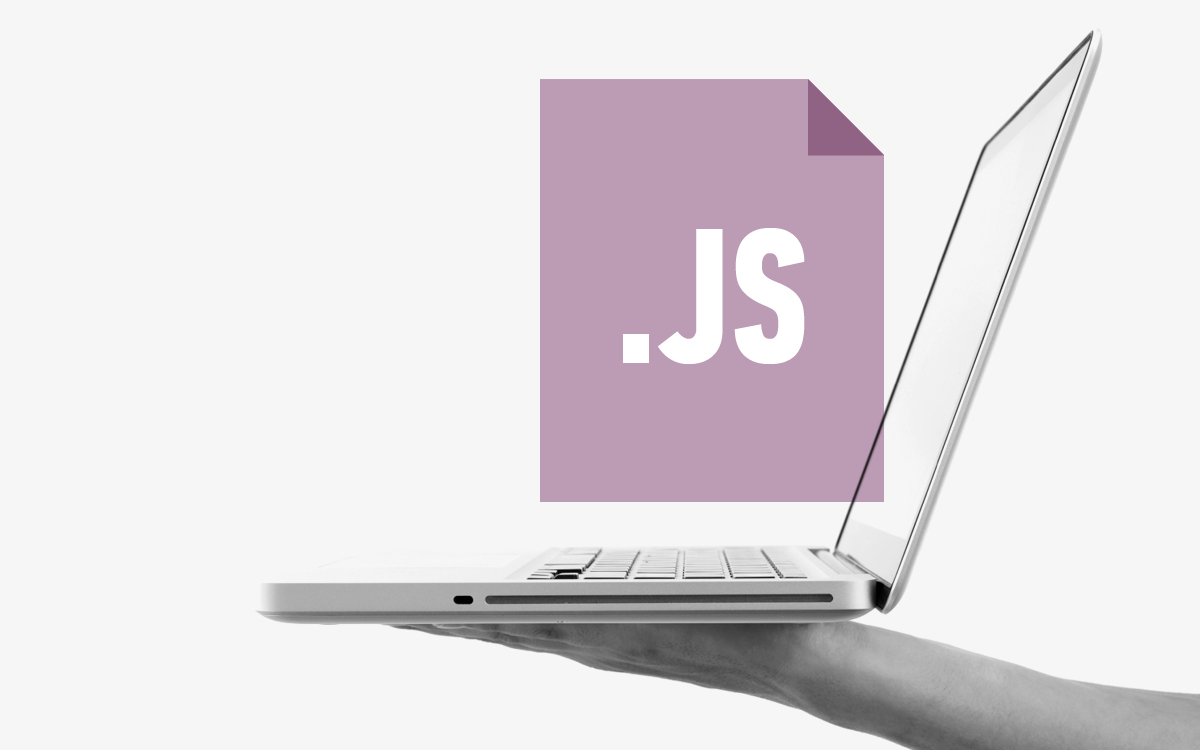JavaScript is essential to nearly every action you take online, whether it’s entering credit card information, streaming videos and music, or interacting on social networks, just for starters. It’s the programming language used to make webpages interactive — and it’s perhaps the most widely used language because of it.
Developers use JavaScript to create a wide range of features, from simple user interface (UI) functionality to complex visual effects, including:
- Interfaces like image carousels.
- News feeds that continue to load new information as you scroll through them.
- The ability to submit information entered into a Google Doc, survey form, or online payment system.
Features like these are part of a website’s front-end code, which is responsible for what users see and interact with. Front-end JavaScript code runs in a user’s browser, where it’s integrated with the HTML code that makes up a page’s structure and the CSS code that specifies how each of the page’s elements should be displayed.
But not all JavaScript is written for the front end. Developers can also use it for a website’s back end, which is executed on servers, or specialized computers that run websites behind the scenes.
JavaScript allows developers to perform many basic tasks common to a wide variety of programming languages. For instance, conditional logic allows a developer to specify that a section of code should be executed only if a certain condition is met. Imagine you were creating a webpage that accessed weather information for the user’s current location, and then displayed an icon representing the current temperature. You might use a conditional statement to specify that if the temperature is below freezing, the screen should display an image of an icicle.

JavaScript developers can organize their code a couple different ways. One approach, known as functional programming, organizes code into functions, which are sets of JavaScript statements that take values as input and return results. Another technique, known as object-oriented programming, groups values and code together into collections known as objects.
A basic familiarity with JavaScript gives you a strong foundation for building applications with popular frameworks such as React, Angular, and Vue, and libraries like jQuery. Frameworks and libraries are pre-written collections of JavaScript code that make it easier for you to build your own applications. While using a framework or a library can allow you to program without needing to write the code for some tasks yourself, a foundation in JavaScript coding without frameworks or libraries — known as vanilla JavaScript — can be a great asset in customizing your apps and debugging them when things aren’t working exactly as you expect.
JavaScript at General Assembly
At General Assembly, JavaScript is a core part of all of our web development courses. It’s one of the central technologies covered in our full-time Web Development Immersive and Web Development Immersive Remote programs, in which students prepare for a career in full-stack web development. You can focus exclusively on the language in our part-time JavaScript Development course (also available online), or get a basic introduction to how JavaScript fits with HTML and CSS in our part-time Front-End Web Development course.
GA instructors help students build JavaScript skills step by step, sharing knowledge and best practices they’ve accumulated as developers in the field. In addition to in-class exercises and homework, students also apply their new knowledge by building projects that make use of all the tools they’ve learned. Students leave with portfolio-worthy projects that demonstrate their new skills, as well as next steps for building apps with JavaScript and learning more about the language.
Ask a Question About Our Coding Programs
Meet Our Expert
Sasha Vodnik is a front-end web developer and author who teaches Front-End Web Development and JavaScript Development at General Assembly’s San Francisco campus. He also writes books on HTML, CSS, and JavaScript and creates video courses through LinkedIn Learning.

“I aim to help students recognize what they already know and connect it to what they’re trying to do. At GA, we teach how to troubleshoot and find answers so you can grow as a developer long after you leave the classroom.”
– Sasha Vodnik, JavaScript Development Instructor, General Assembly San Francisco
